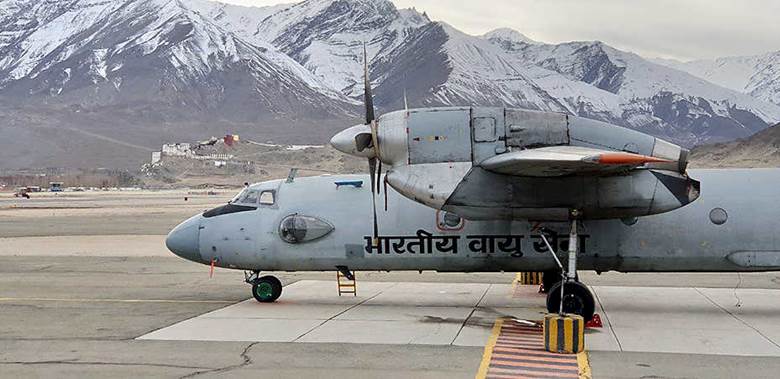Description

Copyright infringement not intended
Context: As part of efforts to reduce its carbon footprint, the Indian Air Force (IAF) is looking to fly an AN-32 transport aircraft modified to operate on 10% blended biodiesel for 200 flight hours in the next six months, Air Vice Marshal S. K. Jain, Assistant Chief of the Air Force (Maintenance Plans), said

Details:
- The aircraft took flight on biodiesel blended with aviation turbine fuel (ATF) for the first time in December 2018.
- So far, an AN-32 has flown 65 hours with a 10% blend of biofuel and the performance has been very satisfactory
- A second aircraft, a Dornier, was now undergoing ground tests after it had been cleared by the original manufacturer of the engine, Honeywell, for use of 50% biofuel.
- The global aviation industry is one of the biggest emitter of greenhouse gases that cause global warming. The fuel consumption of the IAF for 2021-22 was 6.2 lakh kilo litres, which contributed 15 lakh tonnes of carbon dioxide.
- Airbus said it had plans to offer 100% sustainable aviation fuel (SAF) compatibility on its commercial aircraft latest by 2030.
- Indian Air Force’s (IAF’s) AN-32 aircraft was formally fleet certified to fly on blended aviation fuel containing up to 10% of indigenous bio-jet fuel.
- The indigenous bio-jet fuel was first produced by the CSIR-IIP lab at Dehradun in 2013, but could not be tested or certified for commercial use on aircraft due to lack of test facilities in the civil aviation sector.
- In July, 2018, Chief of the Air Staff Air formally announced IAF’s intention to permit the use of all its resources for testing and certifying the indigenous fuel.
- This fuel is made from Jatropha oil sourced from Chattisgarh Biodiesel Development Authority (CBDA) and then processed at CSIR-IIP, Dehradun.
About AN-32:
- An-32 is a twin engine, tactical light transport aircraftdesigned and manufactured by Antonov Design Bureau of Ukraine for the Indian Air Force (IAF).
- The An-32 is derived from the An-26 transport aircraft.
- A total of 240 An-32s are currently operational worldwide.
- An-32 has ten variants
- Designed to suit both military and civil operations, the An-32 can take-off and land on rough airfields and dirt runways.
- The aircraft is designed to manoeuvre day and night in tropical and mountainous regions, even in hot climatic conditions (up to 55°C).
- An-32 features advanced cargo handling devices and a cargo door fitted with a ramp to ease the loading or unloading of freight.
- It is also incorporated with an upper cargo handling device to load and unload 3,000kg of payload.
- An-32 can fly at a maximum speed of 530km/h and its cruise speed is 470km/h.
https://epaper.thehindu.com/Home/ShareArticle?OrgId=GHUA9KUP5.1&imageview=0










